Demystifying the Rhinoplasty Process: What You Need to Know9 min read
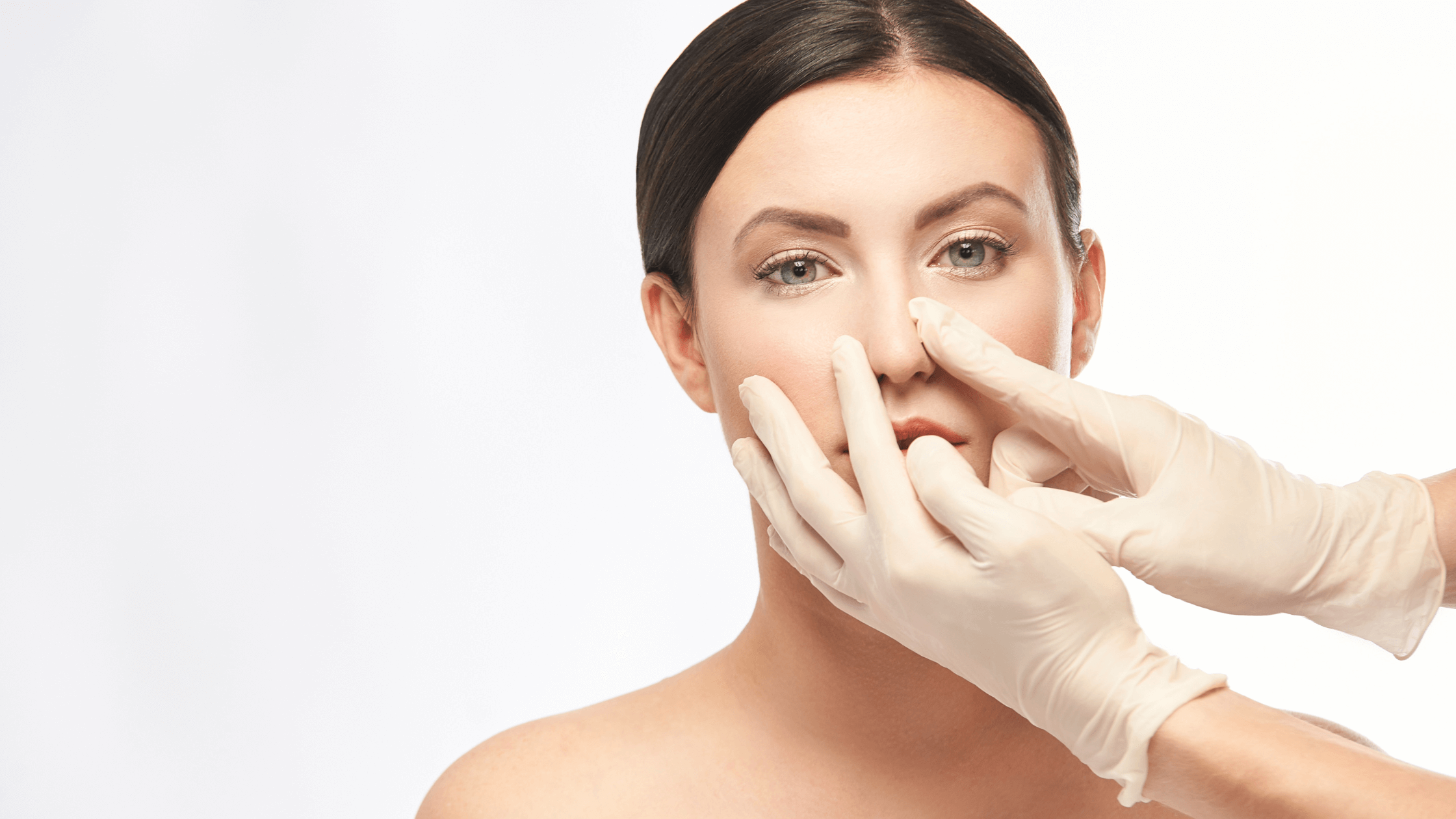
Aesthetica Editorial Team

Rhinoplasty, colloquially referred to as a “nose job,” is a surgical procedure aimed at modifying the shape, size, or proportions of the nose to align with a patient’s aesthetic desires or to address functional impairments. In other words, rhinoplasty can be done for either cosmetic or medical purposes.
Performed by a qualified plastic surgeon, the procedure typically involves incisions made inside the nostrils to minimize external scarring. The surgeon manipulates and reshapes the bone and cartilage structures within the nose to achieve the desired outcome. In more complex cases, grafts may be employed, often harvested from other parts of the patient’s body.
Is Rhinoplasty Just About Improving Looks?
No! While it’s often associated with cosmetic changes, like altering the size or shape of the nose to achieve a desired appearance, rhinoplasty plays an important role in improving nasal function.
One common functional reason for rhinoplasty is to correct a deviated septum, a condition where the partition between the nostrils is displaced, leading to breathing difficulties. This kind of surgery, known as septoplasty, can alleviate symptoms like nasal congestion, nosebleeds, or snoring.
Rhinoplasty can also be employed for reconstructive purposes, such as restoring the shape of the nose after trauma or injury or correcting congenital disabilities. Furthermore, it can be used to address specific medical conditions like chronic sinusitis or nasal valve collapse.
So, while rhinoplasty certainly can improve one’s appearance if that’s the desired goal, it’s also a valuable medical procedure for resolving various functional issues and improving quality of life!
How Can I Prepare for a Rhinoplasty Procedure?
Preparation for a rhinoplasty procedure is a multi-step process that begins with a comprehensive medical evaluation. During this initial assessment, your surgeon will gather a detailed medical history, evaluate your physical health, and discuss your expectations for the procedure. This consultation stage is essential because it provides an opportunity to understand the risks and benefits of the procedure and allows your provider to develop a plan that aligns with your goals.
You may also undergo laboratory tests and imaging studies, such as a nasal endoscopy, to better understand your nasal structure. These tests will provide valuable information to aid in surgical planning.
Smoking can impair healing; therefore, if you are a smoker, it will be strongly advised that you stop smoking several weeks before and after the surgery. It will also be necessary to abstain from alcohol and avoid certain medications that can increase bleeding risk, such as aspirin and certain anti-inflammatory drugs. The details of what lifestyle decisions and medications should be avoided will, of course, be part of your conversation with your surgeon as you consider and prepare for rhinoplasty.
Maintaining a balanced diet and good hydration leading up to the rhinoplasty can aid in your recovery. Moreover, arranging for a family member or friend to accompany you to the procedure, and to assist you in the initial days of recovery, will be beneficial. Many patients feel groggy, tired, and uncomfortable due to the anesthesia and rhinoplasty operation. This passes with time, but it is best practice to ensure a loved one is available to drive you home.
In the week preceding the surgery, you may be instructed to cleanse your face and nasal passages with specified antiseptic solutions to minimize infection risk. Finally, since you’ll be undergoing anesthesia, you’ll be asked to fast—typically, no food or drink after midnight on the night before your surgery.

What Should I Expect from Rhinoplasty Recovery?
Immediately after the procedure, it is normal to experience swelling and bruising around the nose and eyes, which gradually subsides over a period of two weeks. Discomfort can be managed effectively with pain medication prescribed by your surgeon. A nasal splint or packing may be applied within the nostrils to support the newly reshaped structures and facilitate healing. This splint is usually removed within a week post-surgery.
In the first few days of recovery, it’s best to rest with your head elevated higher than your chest in order to reduce swelling and promote healing. It would be best to abstain from strenuous physical activity, which might increase blood pressure and lead to bleeding. Limited movements and gentle care are recommended to avoid accidental injury to the nose.
You may experience nasal congestion due to swelling or from the nasal splints. Still, it’s important to remember that this is a temporary condition that resolves once the swelling diminishes. The splints are removed. While the major swelling subsides within a few weeks, mild swelling – usually unnoticeable to others – may persist for several months. The final shape of your nose will be apparent after it has completely healed, which could take up to a year.
Regular follow-up visits with your surgeon are crucial during the recovery period. These appointments allow the surgeon to monitor your progress, address any complications, and reassure you about any concerns regarding the healing process. Despite the length and complexity of the recovery process, patient satisfaction rates for rhinoplasty procedures are generally high, given the profound effect on facial symmetry and confidence.
Do Rhinoplasty Results Last Forever?
Rhinoplasty results are typically long-lasting, and they can be considered permanent for many people. Once your nose has healed completely, its structure and shape changes are usually there to stay unless you experience a significant injury or choose to have another surgical procedure.
However, it’s essential to keep in mind that your nose, like the rest of your body, is subject to the natural aging process. Over time, there may be subtle changes in the appearance of your nose due to the effects of gravity, sun exposure, and the general loss of skin elasticity. While these changes are typically gradual and minor, they can alter the rhinoplasty’s precise outcomes over many years.
What are Non-Surgical Options for Rhinoplasty?
Non-surgical rhinoplasty offers an alternative to traditional surgical rhinoplasty for patients seeking changes to the shape or appearance of their noses. In the same way that facial contouring involves the injection of facial fillers, this approach to rhinoplasty primarily employs injectable dermal fillers to modify the nose’s shape.
It’s worth noting that non-surgical rhinoplasty is generally suited for minor adjustments and cannot reduce the size of the nose or correct significant nasal deformities or functional issues, such as breathing difficulties due to a deviated septum. Moreover, the results of non-surgical rhinoplasty are temporary, typically lasting between six months to two years, depending on the type of filler used and how the individual’s body metabolizes it.

How Can I Ensure the Best Rhinoplasty Results?
To ensure the best possible outcome from a rhinoplasty procedure, several key steps need to be considered as part of a cohesive process.
First and foremost, the importance of choosing the right surgeon cannot be overstated. Rhinoplasty is a complex procedure, and it’s crucial to find a board-certified plastic surgeon with a wealth of experience. Take the time to review their credentials, ask about their experience, and consider before-and-after photos of their previous patients.
Once you have chosen a surgeon, effective communication becomes crucial. Be open and clear about your expectations and goals for the surgery, making sure to understand that there may be limitations based on your own unique nasal structure and how your body might heal.
Your overall health plays a substantial role in how well you’ll recover from the surgery and how good the results will be. A balanced diet, regular exercise, and abstaining from harmful habits like smoking can put your body in the best possible condition for surgery and recovery. After the surgery, closely following your surgeon’s postoperative instructions is crucial for the best outcome. These instructions typically cover wound care, medications to take or avoid, activities to avoid, and signs of potential complications to watch out for.
Moreover, patience is an essential virtue in the recovery process. The initial swelling and bruising from rhinoplasty will subside over a few weeks, but the final, refined result can take up to a year or more to fully reveal itself.
Lastly, regular follow-up appointments with your surgeon are indispensable, as they can monitor your healing progress, address any concerns you have, and intervene promptly if any complications arise. Remember that the process is unique for each individual, so maintaining an open dialogue with your surgeon throughout the journey is crucial to achieving the best possible results.
Rhinoplasty: Before and After
Take a moment to visit this webpage, which features images of Aesthetica patients before and after their rhinoplasty procedures. Board-certified plastic surgeon Dr. Phillip Chang is one of the world’s leading rhinoplasty surgeons, developing the procedure by applying some of his unique techniques. Take the first step towards your rhinoplasty journey today!
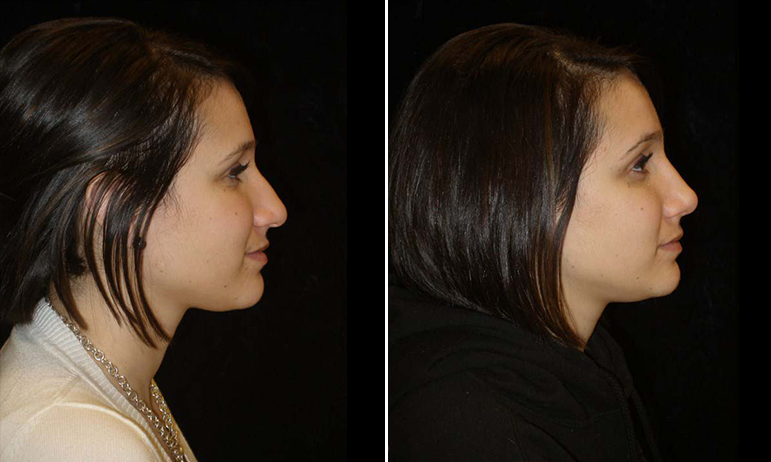
Take the First Step Towards Your Rhinoplasty Journey Today!
Ready to start your rhinoplasty journey? Meet us at 19500 Sandridge Way, Suite 350, Leesburg, VA 20176, or call us at (703) 574-4342 for a complimentary consultation with Board-Certified Plastic Surgeon Dr. Phillip Chang before moving forward with your procedure. If everything matches up, our team will help you navigate the entire process from beginning to end. Also, remember to check out our blog and social media for more information on cosmetic surgery trends!
Let Us Help You!
Our office can provide you with helpful information, schedule a free consultation, and walk you through the many services and procedures we provide.
Contact Dr. Chang's Office:
More Articles For You
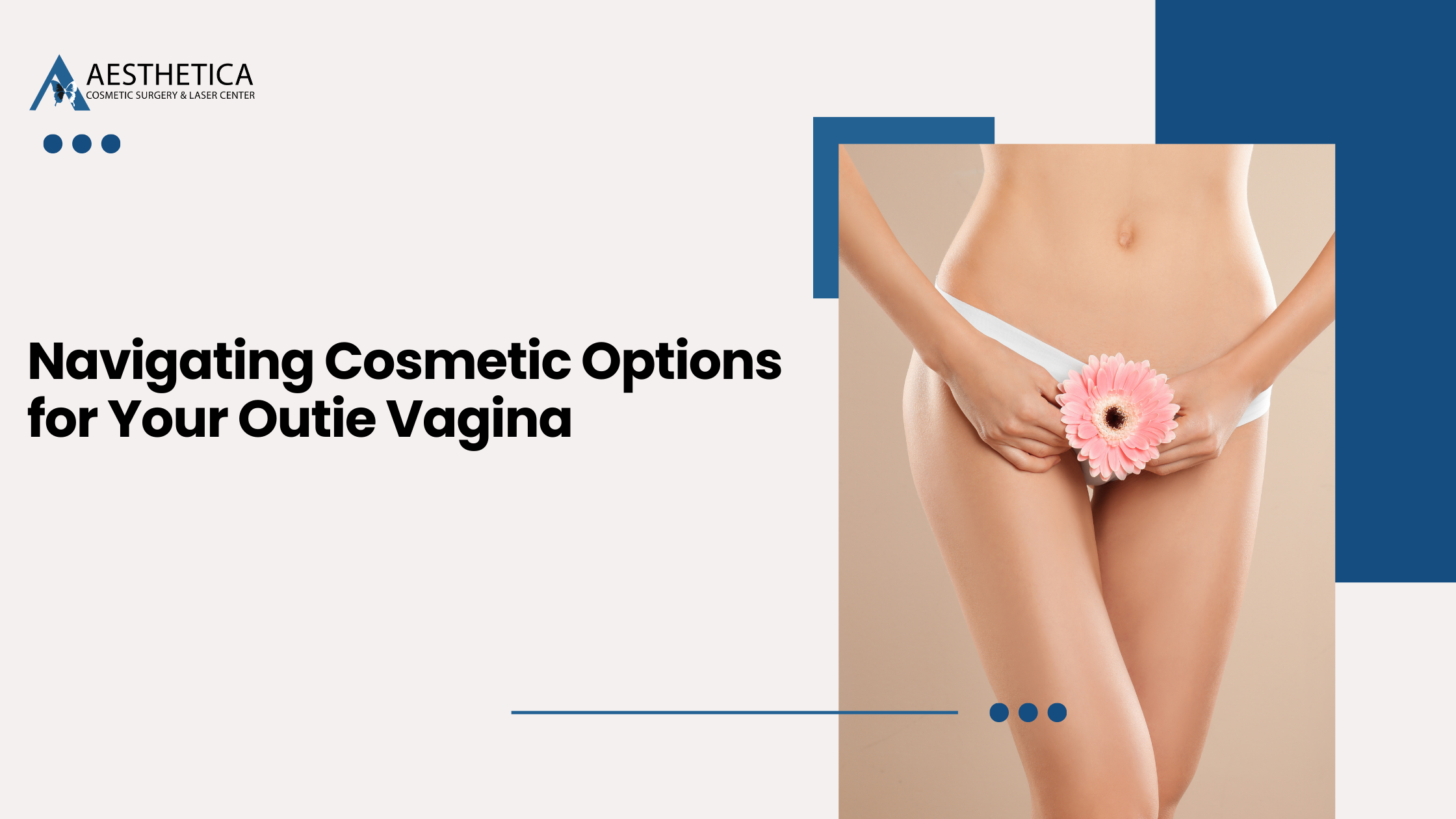
Navigating Cosmetic Options for Your Outie Vagina
Delving into the realm of personal aesthetics, especially concerning outie vaginas, involves exploring a variety
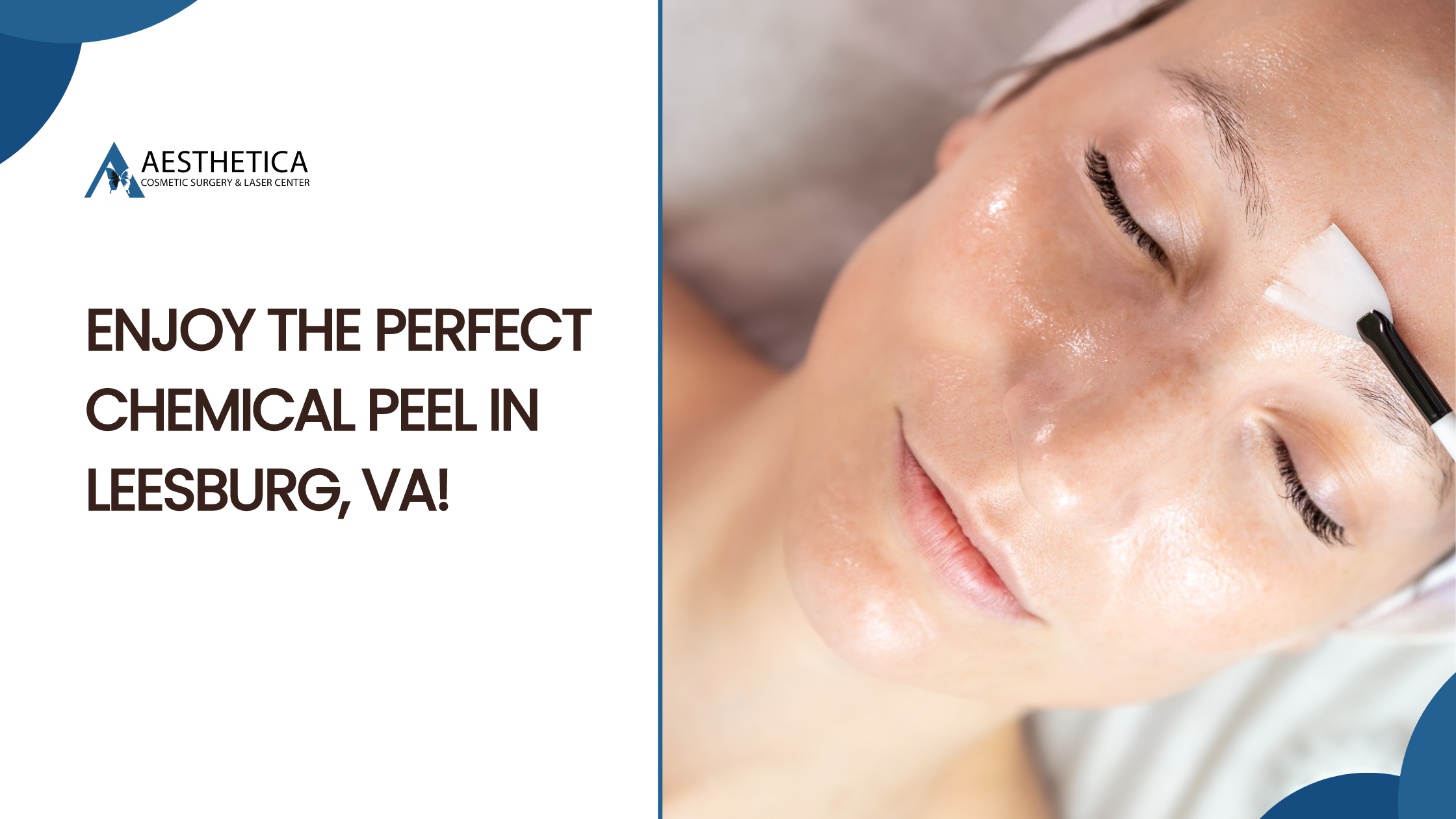
Enjoy the Perfect Chemical Peel in Leesburg, VA!
In the heart of Leesburg, VA, a transformative beauty experience awaits at Aesthetica, a premier
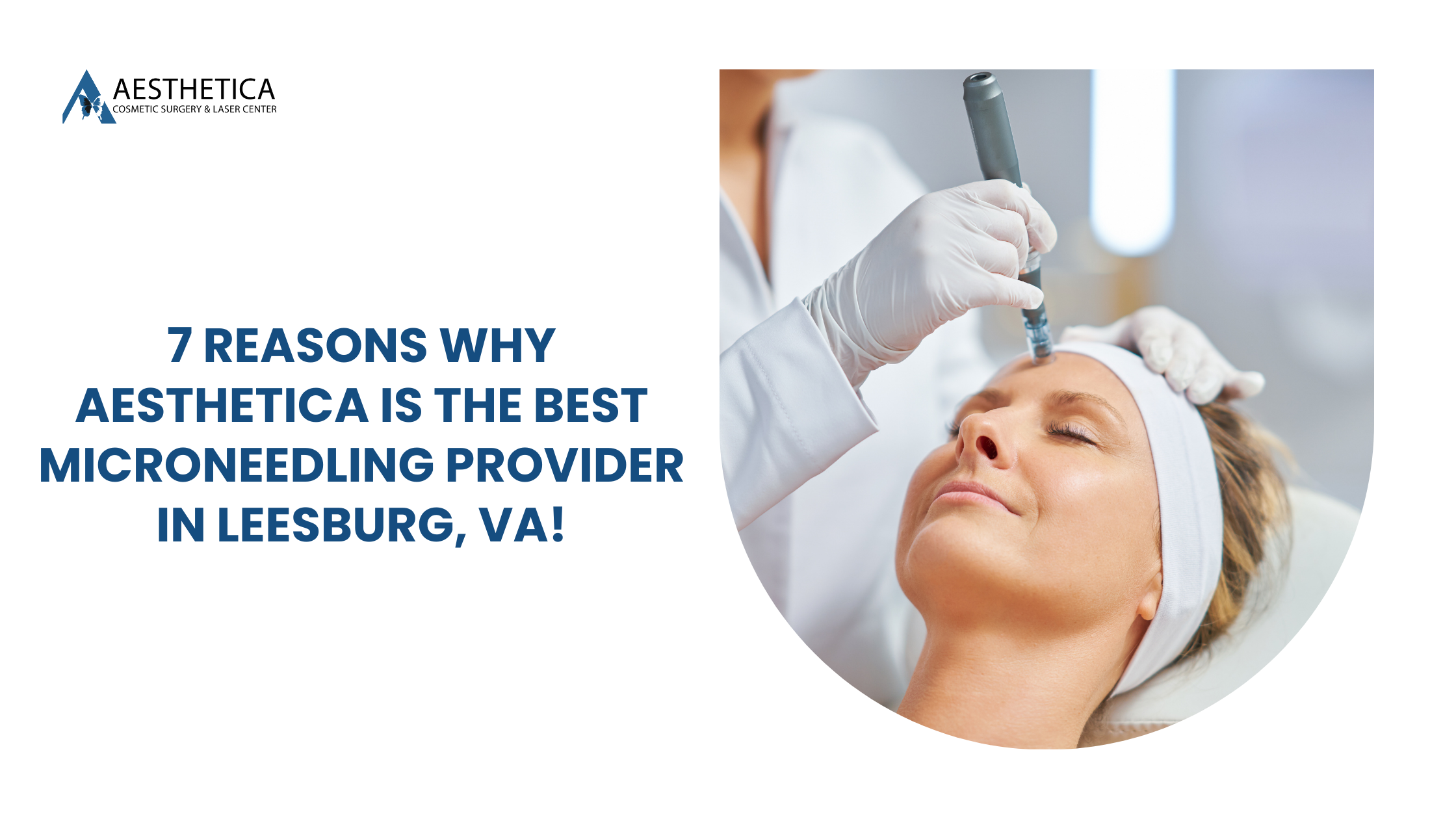
Find Your Glow: 7 Reasons Why Aesthetica Is the Best Microneedling Provider in Leesburg, VA!
In the quest for vibrant, youthful skin, microneedling has emerged as a cornerstone treatment, beloved
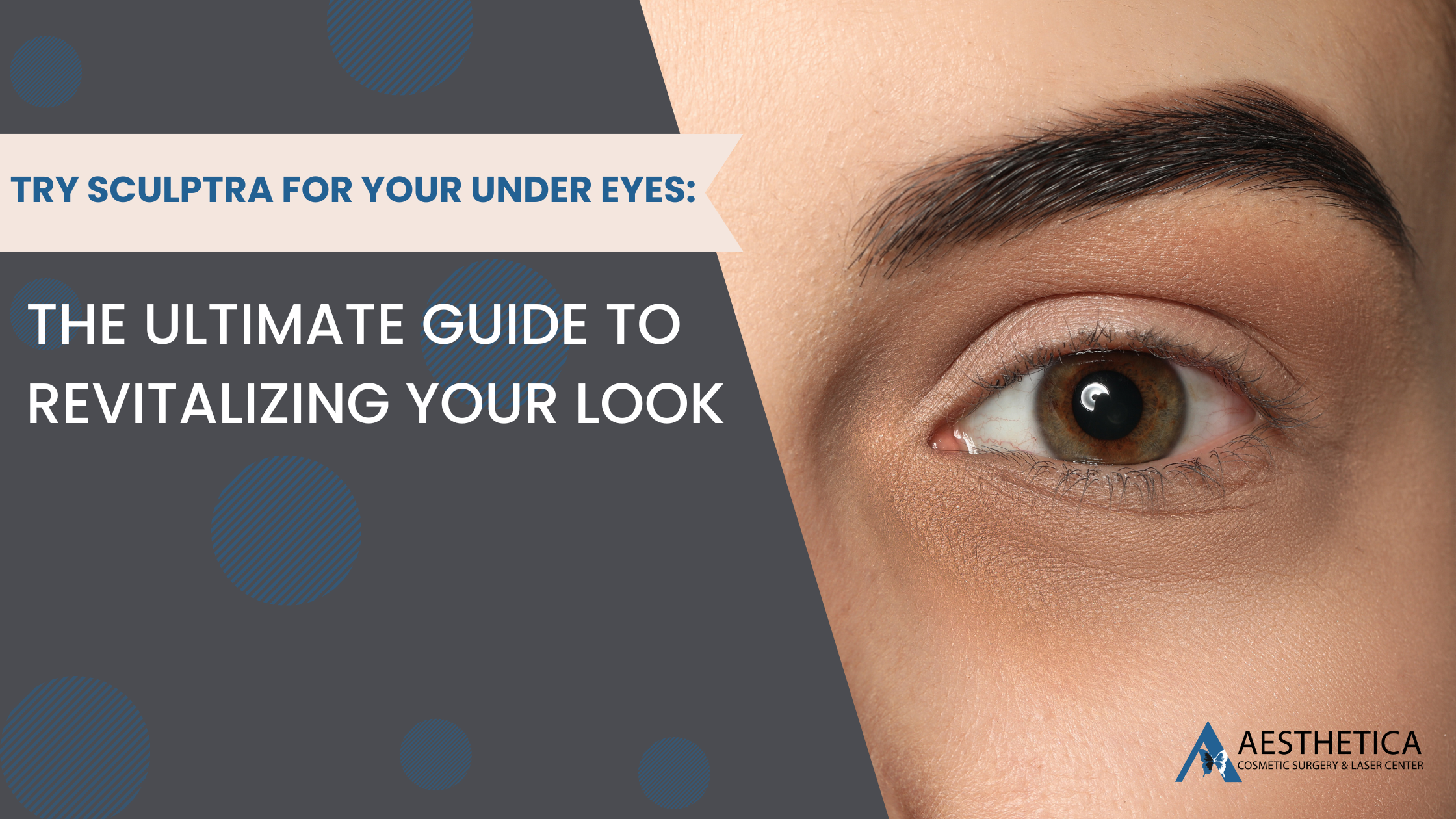
Try Sculptra for Your Under Eyes: The Ultimate Guide to Revitalizing Your Look
In aesthetic enhancements, Sculptra has emerged as a revolutionary treatment, especially for addressing concerns about
